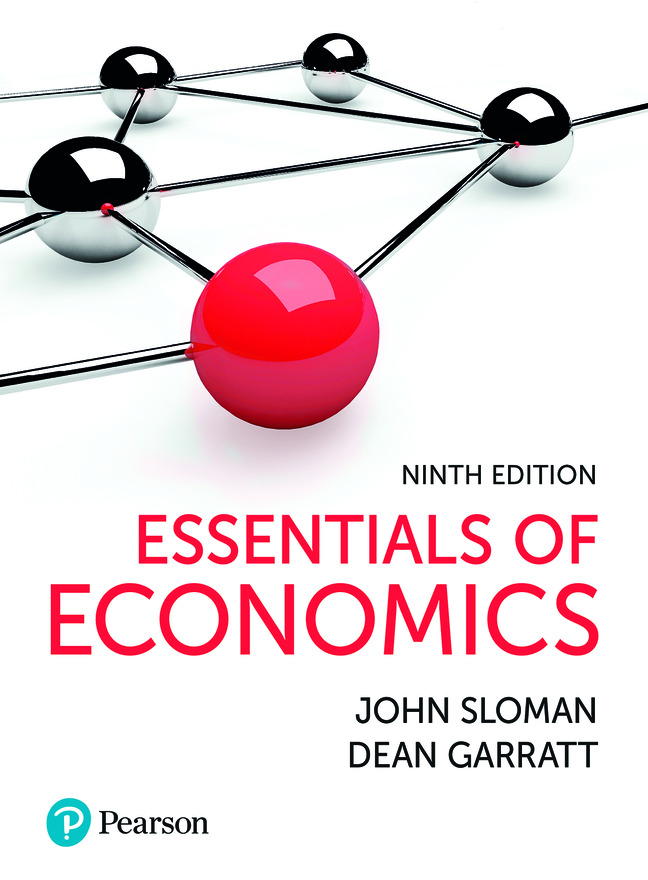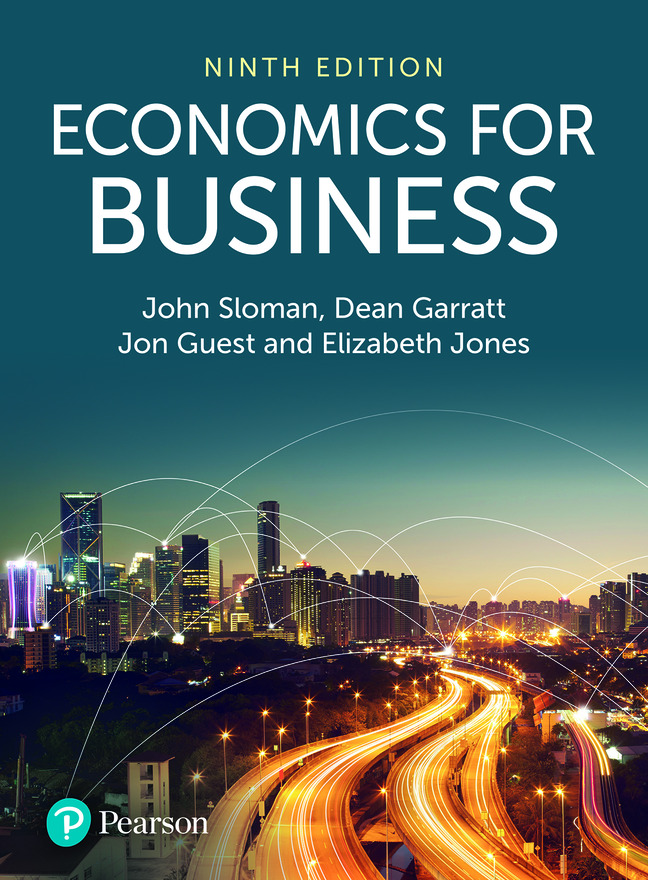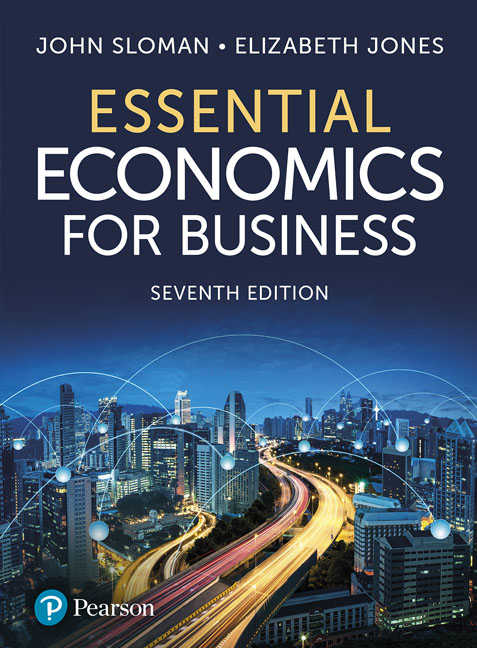Rapid economic growth in China has pushed inflation to an 11-year high of 8.7% in February 2008. This was driven significantly by higher food prices, with the price of pork rising by nearly 64%. This higher level of inflation has led to concerns that policy may need to be tightened.
Sweet and sour pork The Economist (13/3/08)
China inflation hits fresh high BBC News Online (11/3/08)
Chinese inflation alarms authorities Guardian (11/3/08)
Chinese warn on decade-high inflation Times Online (5/3/08)
Chinese inflation shoots to 11-year high Times Online (11/3/07)
China tries to apply brakes to economy Guardian (4/3/08)
Questions
| 1. |
What are the main causes of rising inflation in China? |
| 2. |
Assess the extent to which policy needs to be tightened to counter the rising level of inflation in China. What would be the possible downsides of such a policy? |
| 3. |
Discuss possible policy changes that could be implemented by the Chinese government to reduce the level of inflation. |
GDP is quite a good measure of a nation’s production of goods and services, but it doesn’t include many other factors relating to the standard of living in an economy and for this reason, various other measures of living standards have been developed. However, there is also another issue with GDP and that relates to how best to measure a country’s economic performance. Should we use GDP per head or GDP growth? Population changes can significantly distort economic welfare and so do need to be taken into account. The article below from The Economist looks at these issues in depth and considers the best way to measure economic performance.
Grossly distorted picture The Economist (13/3/08)
Questions
| 1. |
Explain how GDP per head can fall while economic growth is rising. |
| 2. |
Explain why the use of GDP per head as a measure of economic performance may lead to the definition of recession being flawed. |
| 3. |
Assess the principal factors that result in economic growth and GDP per head rising together. |
The Budget 2008 was quite an under-stated affair, but was the first delivered by Alistair Darling as Chancellor. As ever, many of the changes had been announced well in advance, reducing the element of surprise. But the Budget remains an important event. Note that the Budget websites can also be useful reference sources for economic policy changes.
Budget 2008 Guardian Budget Special
Interactive: Budget 2008 Guardian (11/03/08)
What to tell us on Budget day: where our money is going and how it can be stopped Guardian (10/03/08)
Budget 2008 BBC News Online Budget Special
Videos and podcasts
 Old Mother Hubbard Guardian (13/03/08)
Old Mother Hubbard Guardian (13/03/08)
Budget speech in full (Video) BBC News Online (12/03/08)
For details of the Budget measures, you may want to look at:
Budget 2008 HM Treasury Budget pages HM Treasury Budget microsite HM Treasury (March 08)
Questions
| 1. |
What are the key changes in the Budget? What effects are they likely to have on the economy? |
| 2. |
Assess the extent to which this Budget can be considered a ‘Green Budget’. |
| 3. |
How has the Budget changed the overall fiscal position of the government? |
| 4. |
Discuss the likely impact of the Budget on small and large businesses. |
Large areas of land in the former Soviet Union and Eastern Europe are lying uncultivated due to export barriers and tariffs. Given the recent rapid rise in food prices, this fallow land (estimated to be around 23 million hectares) could help to reduce upward pressure on food prices.
Bread basket that is left to grow weeds Times Online (12/3/08)
Questions
| 1. |
Identify three different forms of protectionism. |
| 2. |
Explain why the land identified in the article has remained uncultivated. |
| 3. |
Discuss the arguments for and against these countries reducing tariffs on food.
|
The Civil Aviation Authority (CAA) – the regulatory body for Britain’s airports – has allowed the main airport operator BAA to increase substantially the landing charges it levies on airlines. The airlines have reacted angrily and argued that the higher charges will simply be passed on to passengers in the form of higher fares.
Q&A: Airport landing fees BBC News Online (11/3/08)
BAA to raise airport landing fees BBC News Online (11/3/08)
Fares will rise as fees cap is lifted Guardian (cartoon) (12/3/08)
Fares will rise as fees cap is lifted, airlines warn Guardian (12/3/08)
Video
BAA to raise landing fees BBC News Online
Questions
| 1. |
Explain the regulatory system in operation for the control of landing fees at UK airports . |
| 2. |
Explain why the CAA has increased the landing fees that BAA can charge for planes landing at UK airports. |
| 3. |
Is raising landing fees an efficient method of internalising the externalities associated with air travel? |
| 4. |
Evaluate the extent to which the higher landing fees will be passed on to airline passengers. Use diagrams as appropriate. You may also like to consider the relevance of the price elasticity of demand for air travel in determining the extent to which the higher landing fees can be passed on by the airlines. |




